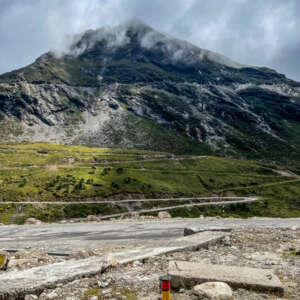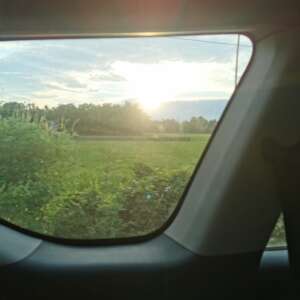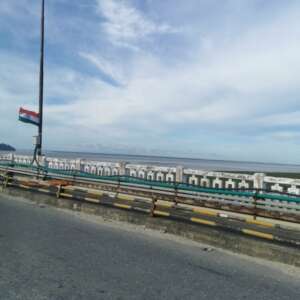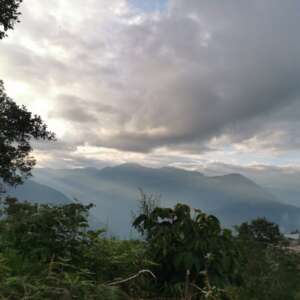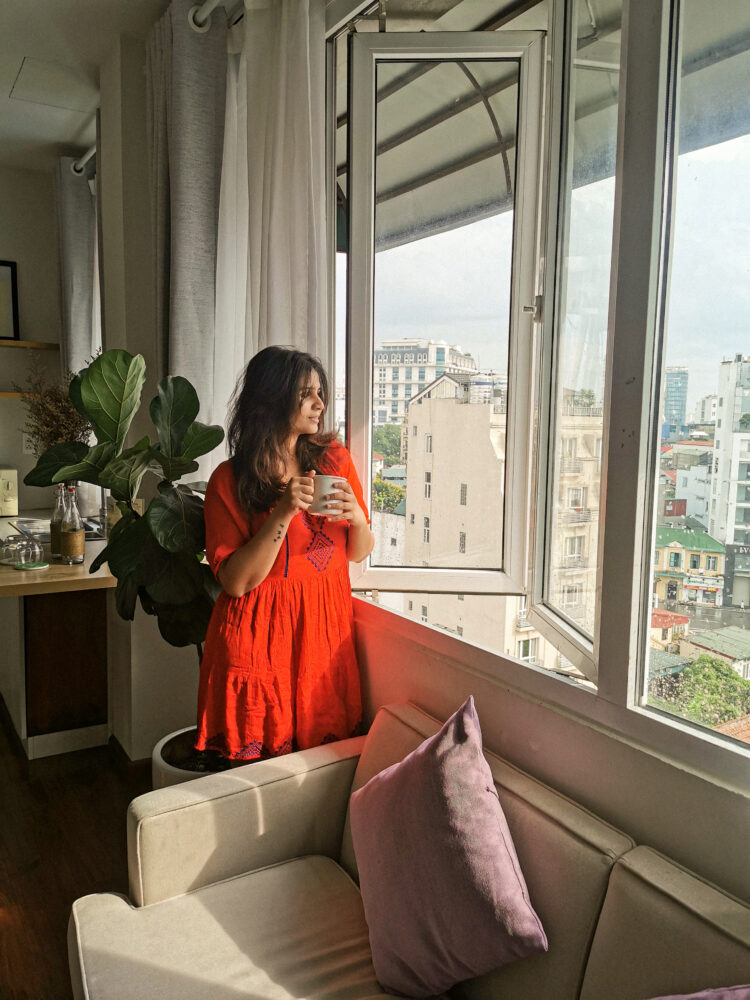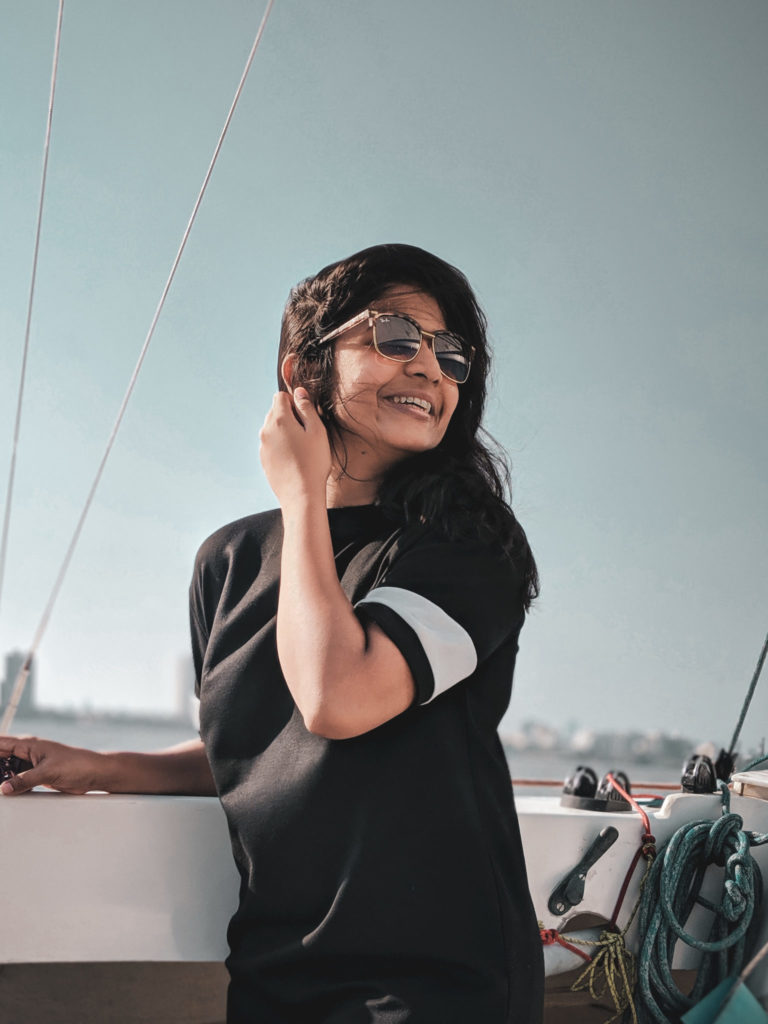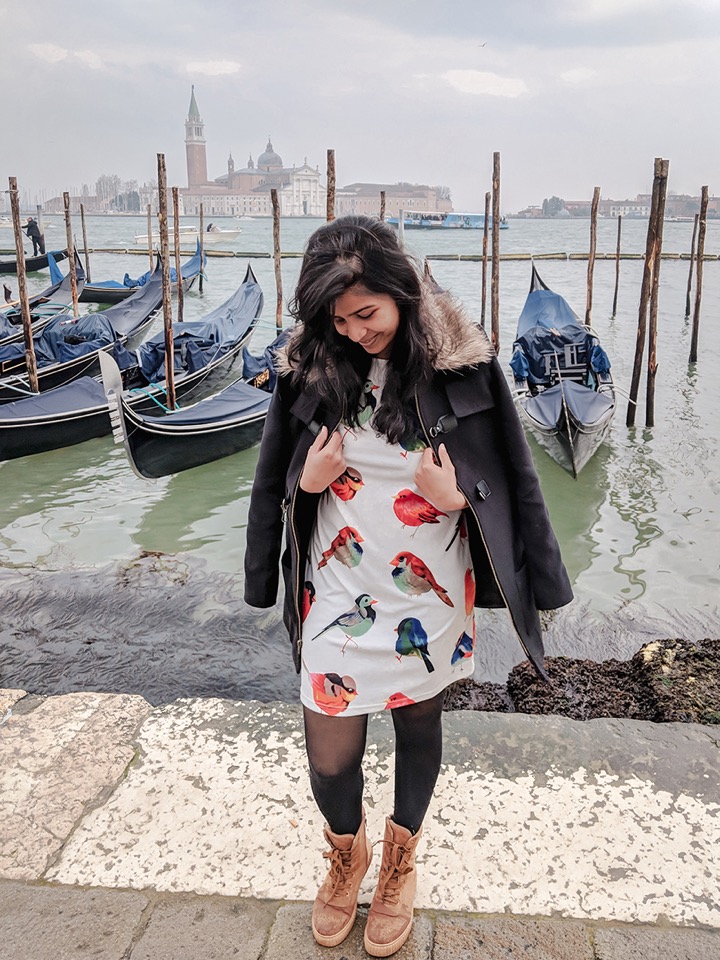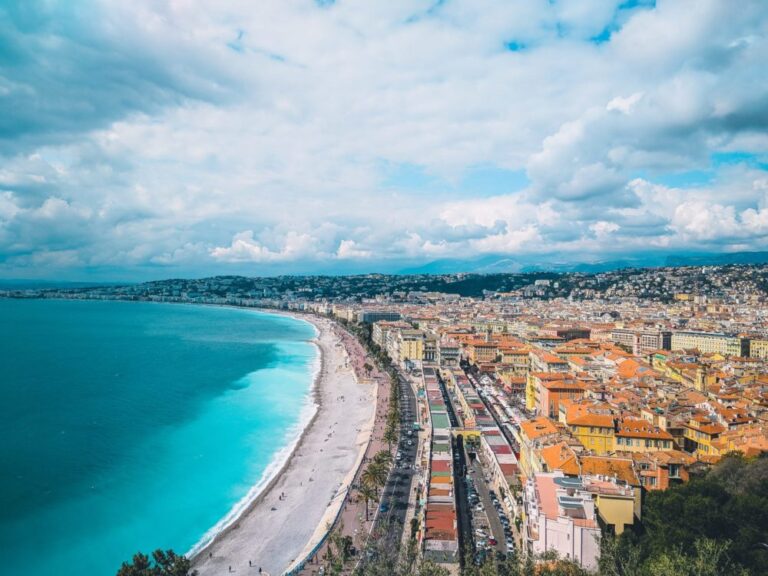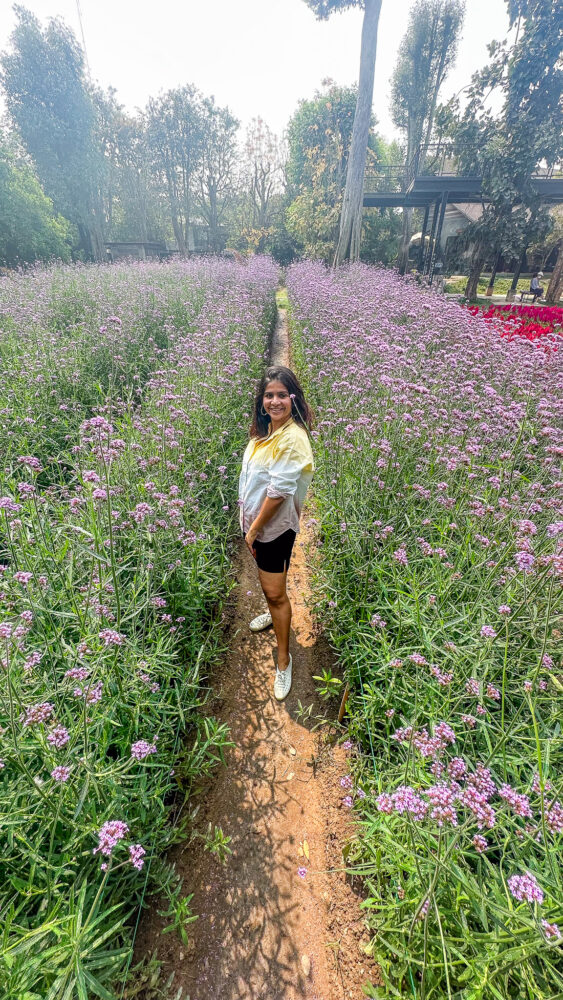Tawang Monastery, the soul of Tawang
Between the beautiful hills and dense forest of Arunachal Pradesh, is the peaceful town of Tawang. It is located at a height of around 3,048 metres, 448 km to the north-west of the state capital Itanagar. It is around 10 miles (16 km) south of the Line of Control with China and located to the north of the Tawang Chu river basin. The Monpa people live in Tawang.
The town once served as the administrative centre for the Tawang Tract, which is currently made up of the West Kameng and Tawang districts. The former’s headquarters are still in Tawang. Tibet used to have dominance over Tawang. The McMahon Line, which defined Tibet’s and British India’s shared border in the Assam Himalayas region, was agreed upon during the 1914 Simla Conference.
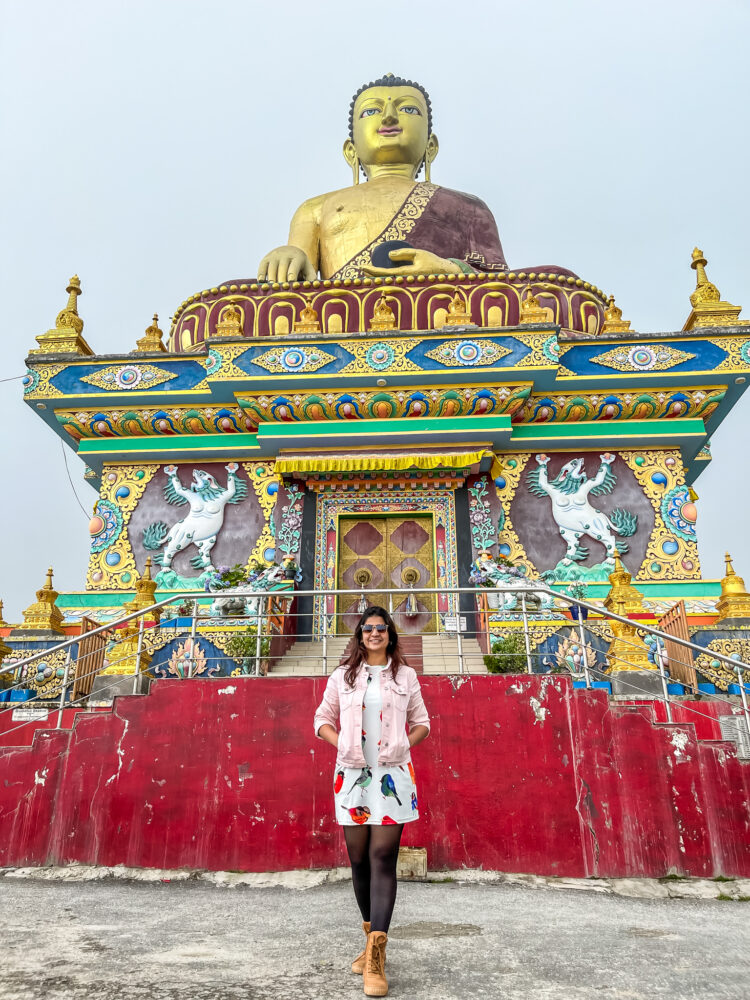
The glorious Tawang Monastery
The second-biggest monastery in the world, Tawang is the largest in India and is located in the remote town of Tawang in Arunachal Pradesh, far from the influence of the modern world. If you want to access your “enlightened” spiritual side in isolation, pack your bags and go there. The monastery offers a stunning view of the valley, snow-capped mountains, and coniferous forest from its perch on a mountain at a height of 10,000 feet.
The Tawang monastery was founded in the 17th century, between 1680 and 1681. It was established by Merak Lama Lodre with the approval of the Fifth Dalai Lama. The monastery’s fort-like construction was ruled by Tibet until 1914. The Simla Agreement was signed, and the British took control of the region. The famous spiritual home is a monastery with interesting tales around it rather than just a retreat for monks.

Fun Facts about the Monastery
The largest Buddhist monastery in India and one of the second largest in all of Asia is Tawang Monastery. It serves as an important centre for Buddhist pilgrims. Besides its religious meaning, Tawang is renowned for its natural beauty, which draws and mesmerize tourists. In the Tawang River Valley is where you’ll find the Tawang Monastery. The monastery’s library has several priceless ancient texts, specially Kangyur and Tengyur.


The first legend tells the tale of how Tawang Monastery came to be. The monastery’s site was identified by Merag Lama Lodre Gyatso’s horse. Merag looked about but couldn’t find the correct area. He sought sanctuary in a cave where he prayed and pleaded with God. When he emerged from the cave, his horse was gone. Merag Lama spent numerous time looking before observing his horse grazing on Tana Mandekhang, a mountain that was once home to King Wala Wangpo’s palace. In 1681, the lama founded the monastery after rendering this sight as a blessing.
The second myth centres on Terton Pema Lingpa, a saint who described the Tamdin and Kagyad foundation that gave rise to the name Tawang. Wang denotes foundation, while Ta stands for Tamdin.
The white horse of the Prince of Lhasa is essential to the third tale. This horse got lost in the Monpa area and was later discovered grazing at the current site of the monastery.


The Tawang Monastery, was established by the Merak Lama Lodre Gyatso in line with the intentions of the Fifth Dalai Lama, Ngawang Lobsang Gyatso. “TA” stands for “Horse,” while “WANG” stands for “Chosen.” The meaning of the term “Tawang” is “Chosen by Horse.” According to a tradition, a horse owned by Mera Lama Lodre Gyatso is thought to have selected the monastery. Tsangyang Gyatso, the sixth Dalai Lama, was born there.
According to tradition, the Tawang Gompa or Monastery is also known as Galden Namgyal Lhatse in Tibetan, which means “celestial paradise in a clear night.”
The splendid Architecture
The Kakaling, a vibrant gate construction shaped like a hut, allows access to the monastery. The side walls showcase the stone masonry’s exceeding skill. Kakaling has mandalas on its roof and paintings of saints and holy beings painted on its inner walls.
The mural of Ningmecahn, the guardian god of Tawang and the defender of the Bon faith, is highly distinctive and special. A thread was reportedly wrapped around the monastery to estimate its size at the 5th Dalai Lama’s request.

The Tawang Monastery is a sizable, three-story complex featuring a meeting room, living rooms, and other buildings. It also acts as a hub for research on Buddhist cultural traditions. Dance rituals are performed on the building’s ground floor. On the walls are thangkas depicting Buddhist saints and goddesses. Tibetan Buddhist paintings on silk, cotton, etc. known as thangkas are unframed. Buddhist imaging may be seen on the balcony’s curtains.
The Dukhang is the name of the major temple. It was constructed between 1860 and 1861, and it has an 18-foot figure of Buddha sitting on a lotus. Right next to the statue is a silver chest that contains a thangka of Palden Lhamo, the goddess who serves as the monastery’s protector. Legend has it that the blood that was gushing out of the 5th Dalai Lama’s nose was used to paint Palden’s thangka.
The Grand Festivals of Tawang

The two primary festivals observed at the monastery are Losar and Torgya. Following the lunar calendar, Losar is a 15-day event that ushers in the new year. As a result, it takes place in January. A festivity called Torgya honours the triumph of virtue over evil. Every monk in the monastery take part in this three-day event by building a Torgya, a pyramid-shaped structure made of barley flour, lighting the monastery, and saying prayers. According to the lunar calendar, it occurs on the 28th day of the eleventh month. It includes dancers dressed in vibrant masks and costumes. Each dance reflects a narrative, and the costumes and masks all depict various animals.
The gracious monks
The main pleasure of a visit here is to observe the 300 monks’ workaday lives. Morning prayers begin each day at 5:30 a.m., if you can set your alarm early enough. Young monks are seated in rows beneath the towering golden Buddha that rules the Gompa as red robes fill the space. Reciting prayers takes up the hour-long exercise, and the stunning surroundings are accompanied by the sounds of Tibetan horns and gongs. Breakfast, courses, and then discussion on the terrace come after the practice, which is an amazing sight to witness. The few international visitors are warmly welcomed by the local monks, and many will value a little conversation with you in order to improve their English.

Reaching Tawang
Via Air
Currently, the Helicopter services operate from Tawang to Guwahati and return on Monday, Tuesday, Thursday, and Friday. The Arunachal Pradesh Helicopter Service is active from Guwahati Airport. However, due to the limited number of seats, it is recommended that the tickets be pre–booked by calling the Counter at the Guwahati airport or the Aviation officer at Tawang, as the State Government has not yet begun to offer online ticketing. The 55-minute helicopter flight from Bhutan to Tawang may be organised by the concerned hotel or tour hustler, as can local transportation in Tawang.
Via Road
The 543-km drive between Guwahati and Tawang takes 14–16 hours. The lengthy distance of the trip needs a respite in the form of an overnight stop. The recommended driving routes are outlined below: passengers who choose to travel the same day and arrive in Guwahati at or before 12 p.m.
Option 1: Drive to Tezpur: one may travel 198 km by car from Guwahati to Tezpur. The drive to Tezpur should take around three and a half hours from the airport in Guwahati. Since Tezpur is a important Army centre, there are several excellent hotels and restaurants usable to travellers.
Option 2: Drive to Bhalukpong: you may or else drive further down to Bhalukpong which is located just about 260 Km s. from Guwahati with a travelling time of around 4 ½ hours. Compared to tezpur the stay and dining options at Bhalukpong are limited though the next day journey to Tawang is reduced by about 1 to 1 ½ hours. However, it is advisable to reach Bhalukpong in the evening before nightfall due to security consultive of the Government.
If you arrive in Guwahati before noon or who depart from Guwahati before that time:
Option 1: Drive to Bomdila: one might choose to drive the 390 km (around 8 hours) from Guwahati to Bomdila. It has a sizable number of government-run hotels also independent hotels. One can stop for a break or lunch at either Tezpur or Bhalukpong midway. The 188 km trip to Tawang takes about 5 1/2 to 6 hours the next day. You can take a short stop in either JaswantGarh or Baisakhi Brigade (2 and a half hours away) (3 and a half hours away).
Option 2: Travel to Dirang: you have the option of stopping for the night at Dirang, which is around 430 km away and takes about nine hours to drive from Guwahati. There are a couple of excellent hotels there. You can stop for a little rest or refreshment at either Tezpur or Bhalukpong midway. The trip to Tawang (about 144 km) takes four to five hours the next day. You can stop for a quick rest or refreshment at the Jang Brigade (one and a half hours distant) or the Baisakhi Brigade (3 and a half hours away). The above-mentioned travel times are awaited to decrease over time as the condition of the roads along the route steadily improves.
Best time to visit
Visit Tawang from March to August to take advantage of the town’s beautiful temperate weather. The early winter season from October to December is the best time to enjoy the snowfall and be able to go sightseeing if you want to see it. Summertime and the beginning of the monsoon season are the finest times to visit Tawang. The weather is still pleasant and suitable for sightseeing.
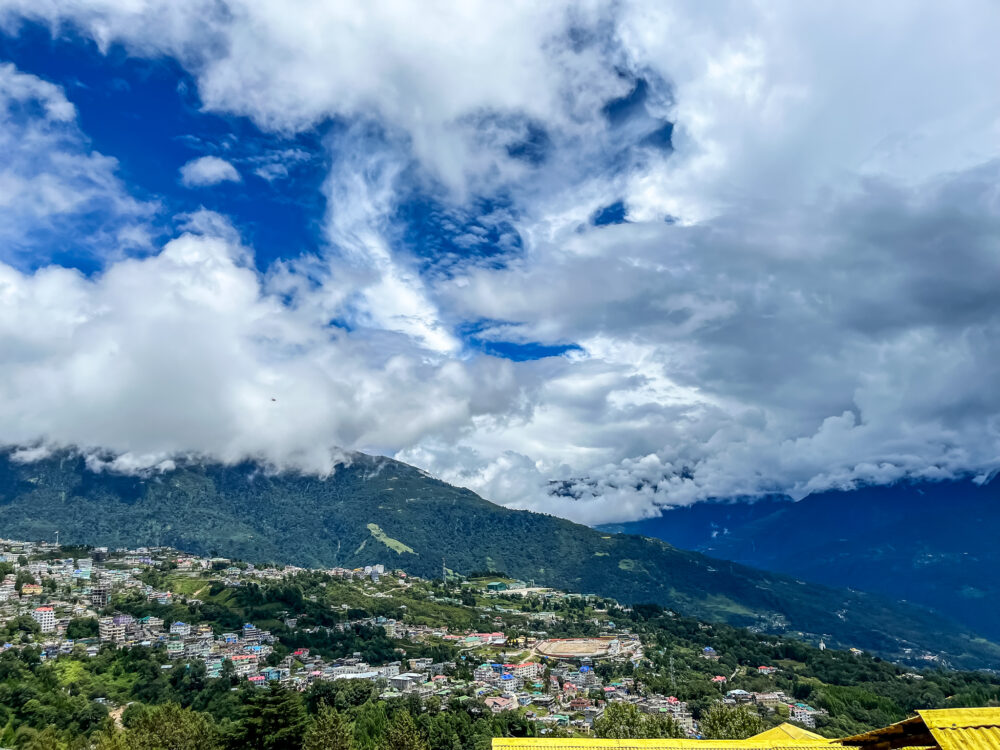
Nearby attractions
Not just the monastery, but these other locations will mesmerise you as well.
Bap Teng Kang Waterfall – About 80 km from Tawang, is Bap Teng Kang Waterfall. One of Tawang’s most popular tourist attractions is this 100-foot-high waterfall. A beautiful site for environmental enthusiasts, the waterfall is surrounded by rich flora. You are enticed to indulge in bathing and swimming by the pure water.
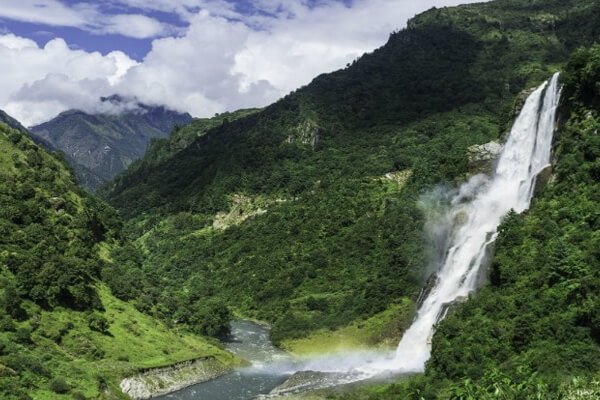
Sela Pass – In Tawang District, there is a high-altitude mountain pass called Sela Pass. It is the primary route linking Tawang with the rest of India and runs from Tawang, to Tezpur and Guwahati. Guwahati is located 340 km away from Sela Pass, whereas Tawang is located 78 km away. The pass has tiny flora and is often blanketed in snow the whole year. The temperature in the pass can drop below minus 10 degrees during the winter. It is estimated that there are roughly 101 lakes in and around Sela Pass.

Hot Water Spring- it is praised for its healing properties and flows from nearby hills into River Dirang, draws a lot of visitors. When you visit this location in the winter, the bath is very renewing.

Read more about Tawang and Permits here
Visiting this monastery is a once in a lifetime undergo and enjoying the food, festivals, places and scenes are some of the best Tawang has to offer. The glorious Tawang monastery has very beautifully severed its purpose to the Buddhists as well as the country.
FAQs
What is the largest monastery?
In Magelang Regency, in Central Java, Indonesia, not far from the village of Muntilan, is the 9th-century Mahayana Buddhist temple known as Borobudur. It is the biggest Buddhist temple on earth. Although Tawang Monastery is the biggest monastery in India, it is set in Tawang City in Tawang District in the Indian state of Arunachal Pradesh.
Why is Tawang monastery famous?
The Tawang Ganden Namgyal Lhatse Monastery, which translates to “the heavenly paradise of divine place selected by the horse,” is the second-largest and oldest in all of Asia. It was established in 1680–1681 by Merag Lodroe Gyamtso. He received an artwork of the goddess Palden Lhamo from the Dalai Lama to hang in the monastery.
Where is the famous and India's largest Buddhist monastery, Tawang monastery, located?
- The Tawang Monastery is placed in Tawang City, Tawang District, and Arunachal Pradesh, India.

